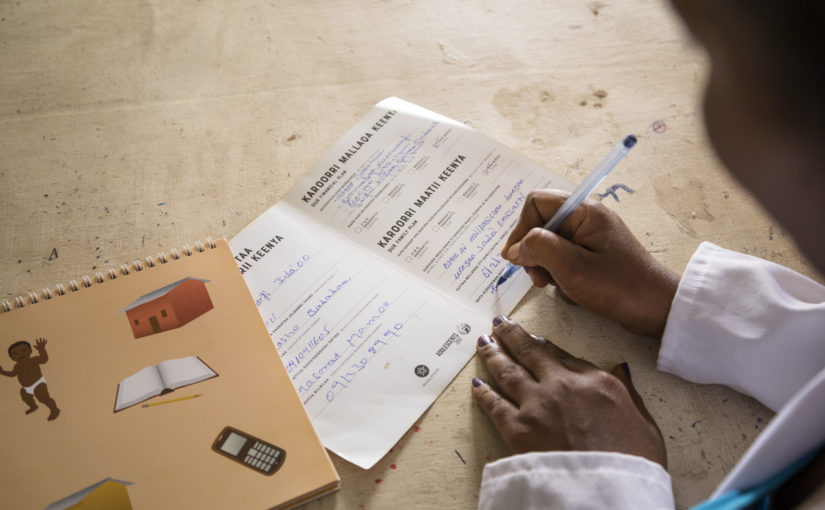This blog series is a part of the A360 Open Source, a treasure chest of learnings and tools that you can apply as we work, together, to drive youth-powered sexual and reproductive health breakthroughs.
When it comes to our youth-powered programming, these are the questions we’ve been weighing:
1. How can we ensure that girls’ perspectives and experiences continue to inform our decisions from pilot to scale?
2. How can we improve adolescent programs to best support health systems to deliver adolescent-responsive contraceptive services?
3. How can we support implementation teams to adapt for continuous improvement?
Adaptive Implementation has offered us an answer.

What is Adaptive Implementation?
Adaptive Implementation provides a systematic framework to respond to the unexpected gaps that inevitably arise as we take programs out of pilot environments and drive toward quality at scale.
The Benefit
Adaptive Implementation allows stakeholders to dig into mixed qualitative and quantitative data to get a real-time picture of the experiences by all who deliver or are served by our interventions.
The Outcome
Through Adaptive Implementation, we can adapt our approach, responding to the diversity of contexts in which we work.
A Case Study
Adaptive Implementation has allowed A360 to continually refine and improve to ensure we remain responsive to young people and health systems.
Eager to apply? Keep scrolling for 5 tips to get you going.
Tip #1
Adaptive Implementation works best when its team-owned from the start.
No two Adaptive Implementation processes look the same. That’s because no two teams – nor their unique needs – are the same.
With that in mind, we do have highlights of the applicable resources that have helped us, in the hopes they might add value for those interested in giving Adaptive Implementation a go, too.
Tip #2
You’ll reap the biggest benefits when your team is aligned on the unique value you’re aiming to deliver.
The best approach to getting all aligned starts by ensuring a unified understanding of your intervention’s unique value proposition (UVP)… all wrapped around the core goal: fidelity to that UVP.
In A360, our the evidence-based user journey that we support health systems to deliver for girls is our UVP. Developed in collaboration with our third-party external evaluator Itad, we use data on girls’ user journey experience to inform and support how we manage implementation. (As a perk, we’ve translated into video the user journey in our 9ja Girls intervention in Southern Nigeria- check it out below!)
Tip #3
Girls’ and local partners’ experiences should inform performance management and adaptations.
Sustainable outputs require that we not only serve girls – but the health system at the frontline in delivering (with the goal of ultimately owning) services. Through Adaptive Implementation, teams equip themselves with the tools to ensure the perspectives of girls and health system actors inform decisions about whether, when and why we adapt programming. Mixed methods monitoring is a key part of this. This worksheet can help you plan the data your teams will collect and analyze.
Tip #4
If government integration is the goal, then building future owner capacity is a must.
By building the capacity of future intervention owners, you’re ensuring all have the know-how to continue to use Adaptive Implementation. No matter who is driving ship, the fundamental goal remains: that we remain true to the user journey at the base of all we do.
Tip #5
Adaptive Implementation means deciding to embrace and make sense of complexity. It’s a powerful process, but it’s rarely cut and dry!
In general, Adaptive Implementation has a good dose of technical assistance to help teams design their own approach that works for and can evolve with them over time.
Interested in discussing the nitty gritty how to’s of setting up Adaptive Implementation processes? Shoot our Sr. Technical Advisor an email!
Want more? Explore a highlight of A360’s Adaptive Implementation resources, here.





